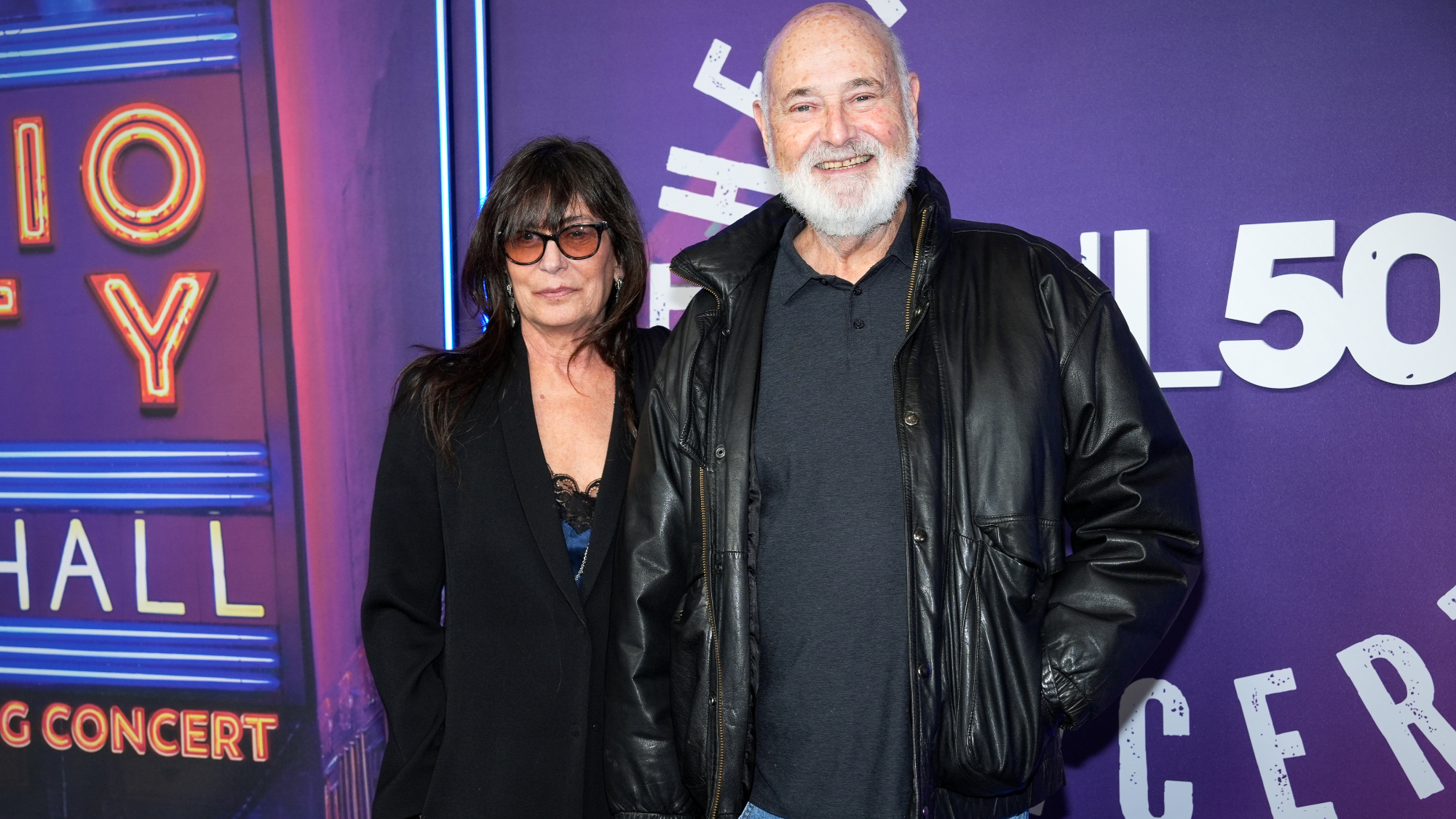Does Washington care about unemployment?
In 1983, Ronald Reagan's Washington regarded high unemployment as a national emergency. Today, with unemployment kissing 10 percent, Barack Obama's Washington scarcely seems perturbed. Why?
U.S. Treasury bond prices leaped again in May. By the third week of the month, the 30-year Treasury bond sold for ten percent more than it had at the start of the month, a mark of the growing excess demand for safe, liquid, high-quality financial assets. As economist John Stuart Mill pointed out in the early 19th Century, excess demand for such assets inevitably means excess supply of something else -- “something else,” in this case, being the goods and services provided by workers.
We have seen this dynamic at work since early fall, 2007, with growing excess demand for high-quality financial assets accompanied by growing excess supply of goods, services and workers. What happened in the bond market in May tells us that this excess supply of workers has just grown significantly larger.
The last time we had an oversupply of workers of this magnitude was 1983, during the Reagan-Volcker disinflation. Back then, the excess demand for high-quality financial assets was deliberately created by Paul Volcker and his Federal Reserve. In order to wring inflationary expectations out of the economy, they cut back on the money supply. That did the job.
The Week
Escape your echo chamber. Get the facts behind the news, plus analysis from multiple perspectives.

Sign up for The Week's Free Newsletters
From our morning news briefing to a weekly Good News Newsletter, get the best of The Week delivered directly to your inbox.
From our morning news briefing to a weekly Good News Newsletter, get the best of The Week delivered directly to your inbox.
In fact, Volcker overdid it. By the start of 1983, labor unions were frantically giving back previously-promised wage increases and offering wage cuts to employers who were delighted to reopen labor contracts. The unemployment rate hit 10.5 percent. The Mexican government was bankrupt. And the Federal Reserve began shifting course, acknowledging that its policies had overshot their mark.
Washington, D.C. was in a panic. With high unemployment perceived as a genuine national emergency, the Federal Reserve embarked on a policy of massive monetary ease. The Reagan administration promised that the deficits created by its 1981 tax cuts and increased defense spending were the recipe for putting America back to work. Everybody had a plan to reduce unemployment. And every lobbyist or speculator with a scheme unrelated to jobs recast his pet project as a magic unemployment-reducing bullet.
Today, the unemployment rate is kissing 10 percent. Global financial markets are sending us a message that the excess demand for high-quality financial assets is growing again.
Yet, unlike 1983, there is no sense of urgency in Washington.
A free daily email with the biggest news stories of the day – and the best features from TheWeek.com
The policy response when the market wants more safe assets is simple: Give it what it wants. In early 1983 the Federal Reserve frantically expanded the money supply to give the market the cash it wanted. The U.S. Treasury frantically printed huge, honking tranches of Treasury bonds for the private sector to hold. The hope and expectation was that satisfying the demand for high-quality financial assets would relieve the excess supply of goods and services and workers. That expectation was duly realized. The unemployment rate, which had been 10.8 percent in December 1982, fell to 8.3 percent by December 1983. Come Election Day, November 6, 1984, unemployment was down to 7.2 percent. It was morning in America.
Nothing comparable is under way today.
The Federal Reserve has had its monetary throttle fully open for more than two years now. But it is no longer talking about further turbo-charging the engines of growth. Instead, deliberations within the Federal Open Market Committee appear preoccupied with how best to apply the brakes.
A degree of panic would be more appropriate — along with a commitment to use that panic to drive job-creation. The combination of unemployed workers and unmet national needs makes this a uniquely propitious moment for the U.S. government to spend more and tax less. The government’s long-term fiscal imbalances will eventually require us to reverse the mix — to tax more and spend less — so that we arrive at 2020 with a smaller national debt than previously estimated. But that is the wrong policy for today’s emergency.
Still, where is the panic, the sense of urgency? The Obama administration and the Democratic majority in Congress passed a fiscal stimulus plan half the size recommended by Democratic economists fifteen months ago. Since then, they have been unable to assemble a political majority to finish the second half of the job. There seems to be no appetite for addressing ten percent unemployment.
Instead, we have the Obama administration calling for a three-year spending freeze on programs unrelated to national security. We have Democratic Congressional Campaign Committee chairman Chris van Hollen calling for deeper short-term spending cuts. We have an administration experiencing difficulty finding $23 billion to prevent additional teacher layoffs, even though maintaining — no, expanding — investment in education in a recession is the no-brainiest of no-brainers.
Why the enormous disconnect?
Some wise senior Democrats have told me to calm down. The differences between today and 1983 aren’t all that great, they say. Because the Democrats are in power they don’t want to paint a grim picture. Republicans traditionally worry much more about inflation than unemployment; they’re unable even to figure out what policies they want. Moreover, in 1983 it was clear that the monetary and fiscal expansion trains were leaving the station. It was easy for politicians to call for bold and decisive action to fight unemployment, secure in the knowledge that such actions were already in motion and one could soon take credit for them.
But whenever I wander the halls of Washington these days, I can’t help but think that something else is going on—that a deep and wide gulf has grown between the economic hardships of Americans and the seeming incomprehension, or indifference, of courtiers in the imperial city.
Have decades of widening wealth inequality created a chattering class of reporters, pundits and lobbyists who’ve lost their connection to mainstream America? Has the collapse of the union movement removed not only labor’s political muscle but its beating heart from the consciousness of the powerful? Has this recession, which has reduced hiring more than it has increased layoffs, left the kind of people who converse with the powerful in Washington secure in their jobs and thus communicating calm while the unemployed are engulfed in panic? Are we passively watching an unrepresented underclass of the long-term unemployed created before our eyes?
I don’t know. But this unseemly calm does astonish me.
Brad DeLong is a professor in the Department of Economics at U.C. Berkeley; chair of its Political Economy major; a research associate at the National Bureau of Economic Research; and from 1993 to 1995 he worked for the U.S. Treasury as a deputy assistant secretary for economic policy. He has written on, among other topics, the evolution and functioning of the U.S. and other nations' stock markets, the course and determinants of long-run economic growth, the making of economic policy, the changing nature of the American business cycle, and the history of economic thought.
-
 ‘Consistency at the ballot box isn’t nearly as meaningful to many voters here’
‘Consistency at the ballot box isn’t nearly as meaningful to many voters here’Instant Opinion Opinion, comment and editorials of the day
-
 8 musicals to see this winter, all across the United States
8 musicals to see this winter, all across the United Statesthe week recommends New shows and reconsidered productions are on the move
-
 Rob Reiner, wife dead in ‘apparent homicide’
Rob Reiner, wife dead in ‘apparent homicide’speed read The Reiners, found in their Los Angeles home, ‘had injuries consistent with being stabbed’
-
 Has Zohran Mamdani shown the Democrats how to win again?
Has Zohran Mamdani shown the Democrats how to win again?Today’s Big Question New York City mayoral election touted as victory for left-wing populists but moderate centrist wins elsewhere present more complex path for Democratic Party
-
 Millions turn out for anti-Trump ‘No Kings’ rallies
Millions turn out for anti-Trump ‘No Kings’ ralliesSpeed Read An estimated 7 million people participated, 2 million more than at the first ‘No Kings’ protest in June
-
 Ghislaine Maxwell: angling for a Trump pardon
Ghislaine Maxwell: angling for a Trump pardonTalking Point Convicted sex trafficker's testimony could shed new light on president's links to Jeffrey Epstein
-
 The last words and final moments of 40 presidents
The last words and final moments of 40 presidentsThe Explainer Some are eloquent quotes worthy of the holders of the highest office in the nation, and others... aren't
-
 The JFK files: the truth at last?
The JFK files: the truth at last?In The Spotlight More than 64,000 previously classified documents relating the 1963 assassination of John F. Kennedy have been released by the Trump administration
-
 'Seriously, not literally': how should the world take Donald Trump?
'Seriously, not literally': how should the world take Donald Trump?Today's big question White House rhetoric and reality look likely to become increasingly blurred
-
 Will Trump's 'madman' strategy pay off?
Will Trump's 'madman' strategy pay off?Today's Big Question Incoming US president likes to seem unpredictable but, this time round, world leaders could be wise to his playbook
-
 Democrats vs. Republicans: who are US billionaires backing?
Democrats vs. Republicans: who are US billionaires backing?The Explainer Younger tech titans join 'boys' club throwing money and support' behind President Trump, while older plutocrats quietly rebuke new administration